Home>Ideas and Tips>Smart Outdoor Camera Installation: Home Surveillance Solutions
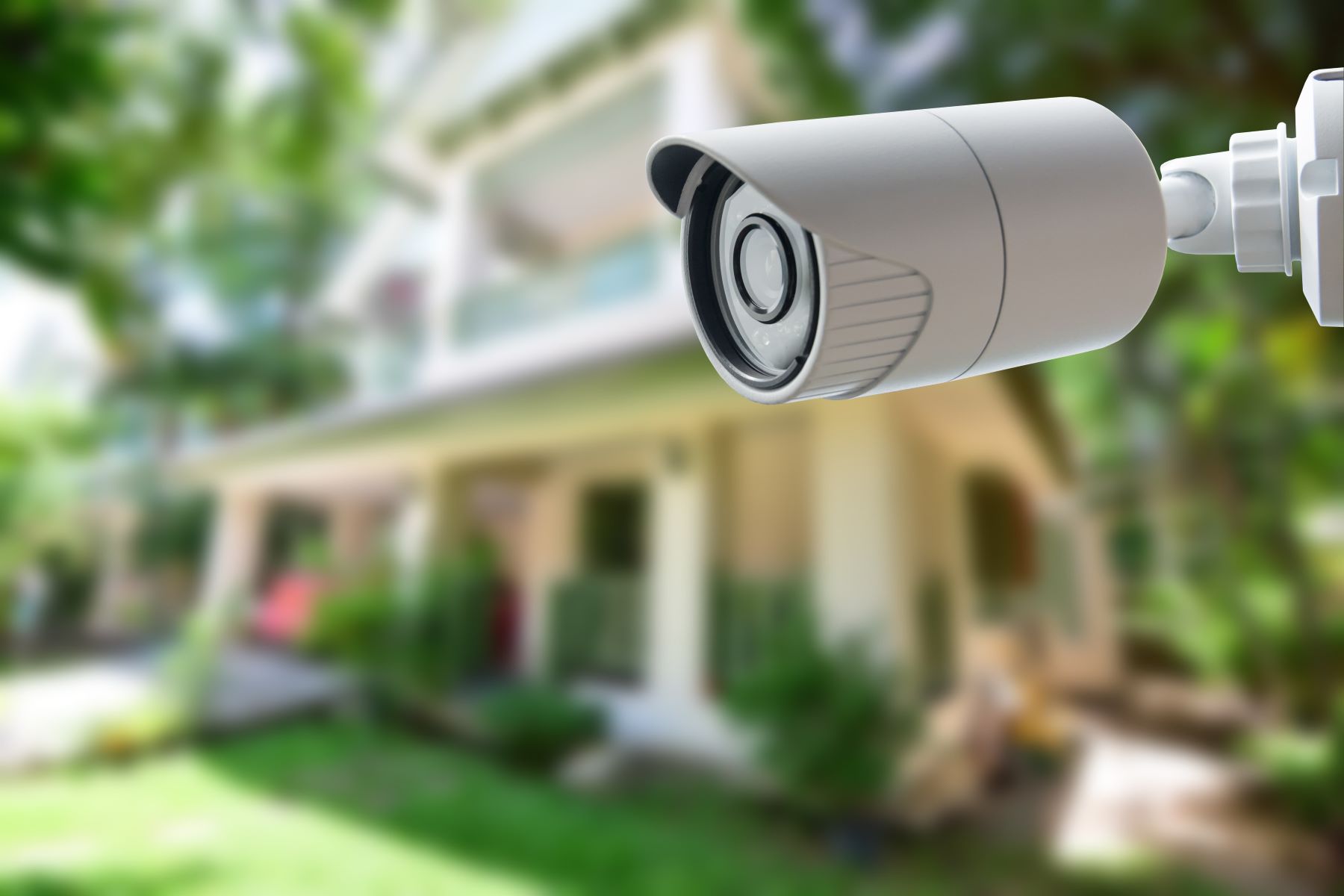

Ideas and Tips
Smart Outdoor Camera Installation: Home Surveillance Solutions
Published: September 2, 2024
Enhance your home security with smart outdoor camera installation. Discover tips for choosing, placing, and optimizing cameras for maximum surveillance.
(Many of the links in this article redirect to a specific reviewed product. Your purchase of these products through affiliate links helps to generate commission for Storables.com, at no extra cost. Learn more)
In today's world, home security is a top priority for many homeowners. With the rise of smart technology, installing outdoor security cameras has become a simple and effective way to enhance your home's surveillance system. These cameras not only provide a visual deterrent to potential intruders but also offer real-time monitoring capabilities, allowing you to keep an eye on your property from anywhere. In this article, we will delve into the best practices for installing smart outdoor cameras, covering everything from choosing the right cameras to optimizing their placement for maximum coverage.
Before you start installing your outdoor security cameras, it is crucial to choose the right ones for your needs. Here are some factors to consider:
1. Resolution and Field of View
The resolution of your camera is essential for clear video quality. Look for cameras with high resolution (at least 1080p) and a wide field of view to capture more area without needing multiple cameras.
Read more: How To Install A Vivint Outdoor Camera
2. Weather Resistance
Outdoor cameras need to be weather-resistant to withstand various conditions like rain, snow, and extreme temperatures. Ensure that your chosen cameras have an IP66 rating or higher for optimal durability.
3. Night Vision
Night vision is a must-have feature for outdoor cameras. Look for cameras with infrared or night vision capabilities to ensure you can see what’s happening even in low-light conditions.
4. Motion Detection
Motion detection is a valuable feature that can alert you to potential intruders. Opt for cameras with motion detection capabilities that can send alerts to your smartphone or email.
5. Connectivity Options
Make sure your cameras have multiple connectivity options such as Wi-Fi, Ethernet, or cellular connectivity to ensure they stay connected even if your internet goes down.
Read more: How To Install Blink Outdoor Cameras
6. Power Supply
Consider whether you want wired or wireless cameras. Wired cameras require a power source and are less prone to battery drain, while wireless cameras offer more flexibility but may require frequent battery replacements.
Once you have chosen the right cameras, it’s time to place them strategically around your property. Here are some tips for optimal placement:
1. Secure All Points of Entry
Place cameras at all points of entry, including doors and windows on the ground level of your home. This includes windows on the side of your house behind bushes or other obstructions.
2. Monitor Inside and Outside
Don’t forget to monitor both inside and outside your home. Outdoor cameras are essential for preventing crime before it happens, acting as defensive players on a soccer team.
3. Place Cameras High
Position cameras eight to ten feet off the ground for several reasons:
- Coverage Area: This height allows your camera to cover more area in your room.
- Disability: Placing cameras high up makes them harder to disable or steal.
Read more: How To Install Eufy Outdoor Camera
4. Use Outdoor Lighting
While infrared cameras provide night time coverage, adding outdoor lights can enhance this further. Smart lights around your home can be particularly effective but may be pricey.
5. Utilize Corners Indoors
Placing cameras in corners indoors enables the lens to capture the full room even if the camera has a small field of view.
6. Avoid Direct Sunlight
Point cameras away from direct sunlight to avoid glare and ensure they receive indirect light.
Additional Tips for Optimal Performance
-
Regular Maintenance:
- Regularly clean your cameras to ensure they remain clear and free from debris.
- Update firmware periodically to fix bugs and improve performance.
-
Power Backup:
- Consider using a power backup system like a battery pack or solar panel to keep your cameras running during power outages.
-
Secure Data:
- Ensure that your camera's data is secure by using strong passwords and enabling two-factor authentication.
-
Legal Considerations:
- Be aware of federal and state laws regarding surveillance cameras in your area. Some jurisdictions may have restrictions on where you can place them.
Installing smart outdoor security cameras is an effective way to enhance your home's surveillance system. By choosing the right cameras and placing them strategically around your property, you can significantly improve safety and security. Remember to consider factors like resolution, weather resistance, night vision, motion detection, connectivity options, power supply, and legal considerations when selecting and installing your cameras.
In conclusion, smart outdoor camera installation is not just about buying the right equipment; it’s about understanding how to use them effectively to protect what matters most—your home and family.
Read more: How To Install A Kasa Outdoor Camera
FAQs
-
What are the best brands for outdoor security cameras?
- Some of the best brands for outdoor security cameras include Ring, Nest (now part of Google), Arlo, and Reolink. These brands offer a variety of models with different features and price points.
-
How do I ensure my outdoor cameras are weather-resistant?
- Look for cameras with an IP66 rating or higher. This ensures they can withstand rain, snow, and extreme temperatures.
-
Can I use outdoor cameras in areas with heavy foliage?
- Yes, but it’s important to position them in a way that minimizes obstruction from foliage. Using cameras with wide-angle lenses can help capture more area despite foliage.
-
Do I need to hire a professional to install my outdoor cameras?
- While hiring a professional can be beneficial, especially if you're not comfortable with DIY installations, many modern outdoor cameras come with easy-to-follow installation guides that can be completed by homeowners themselves.
-
How often should I update my camera's firmware?
- It's recommended to update your camera's firmware periodically (usually every few months) to fix bugs and improve performance.
-
Can I use my smartphone to monitor my outdoor cameras remotely?
- Yes, most modern outdoor security cameras come with mobile apps that allow you to monitor them remotely using your smartphone or tablet.
By following these tips and guidelines, you can effectively install and use smart outdoor security cameras to enhance your home's surveillance system and keep it safe from potential threats.
Was this page helpful?
At Storables.com, we guarantee accurate and reliable information. Our content, validated by Expert Board Contributors, is crafted following stringent Editorial Policies. We're committed to providing you with well-researched, expert-backed insights for all your informational needs.
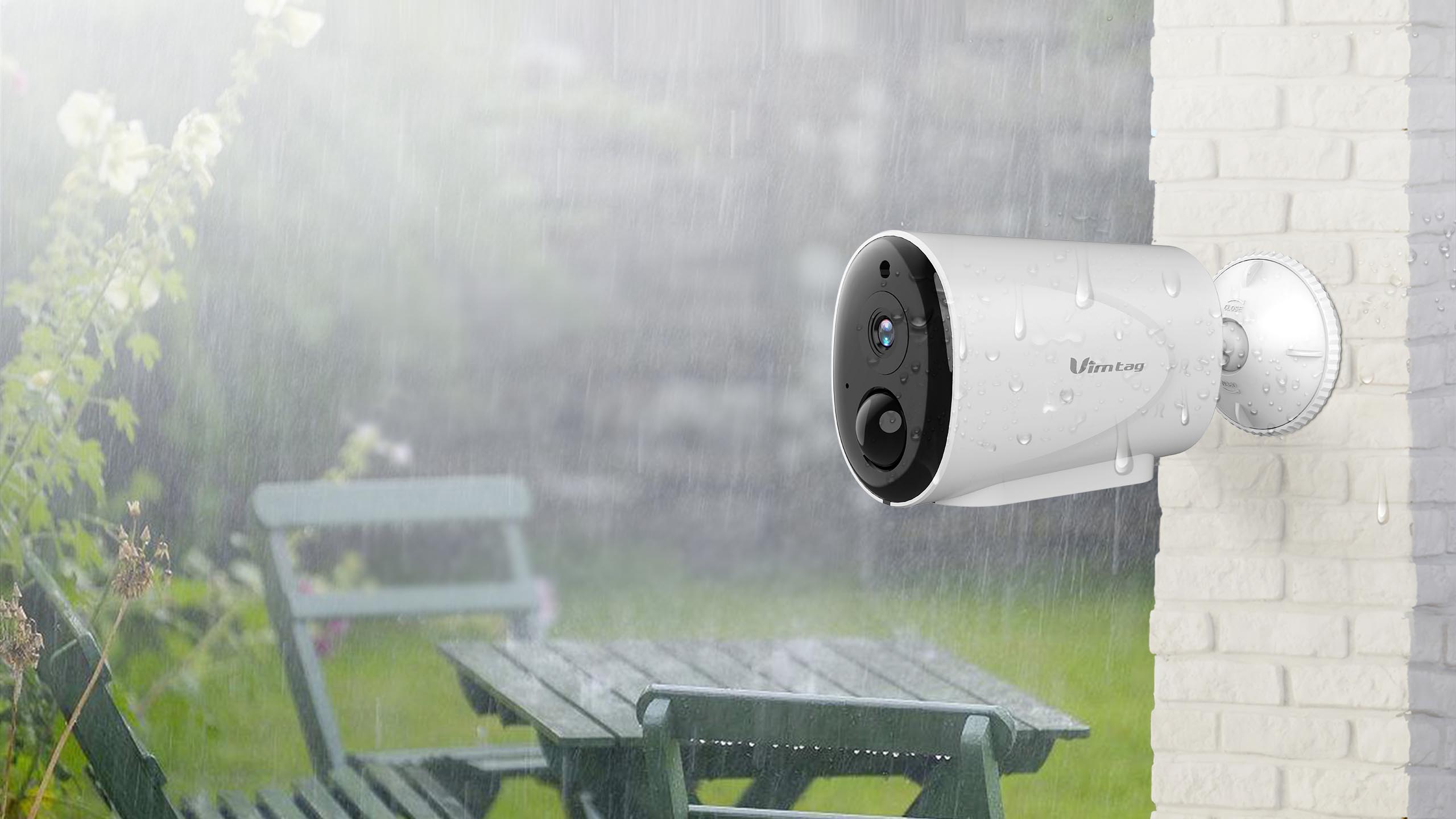
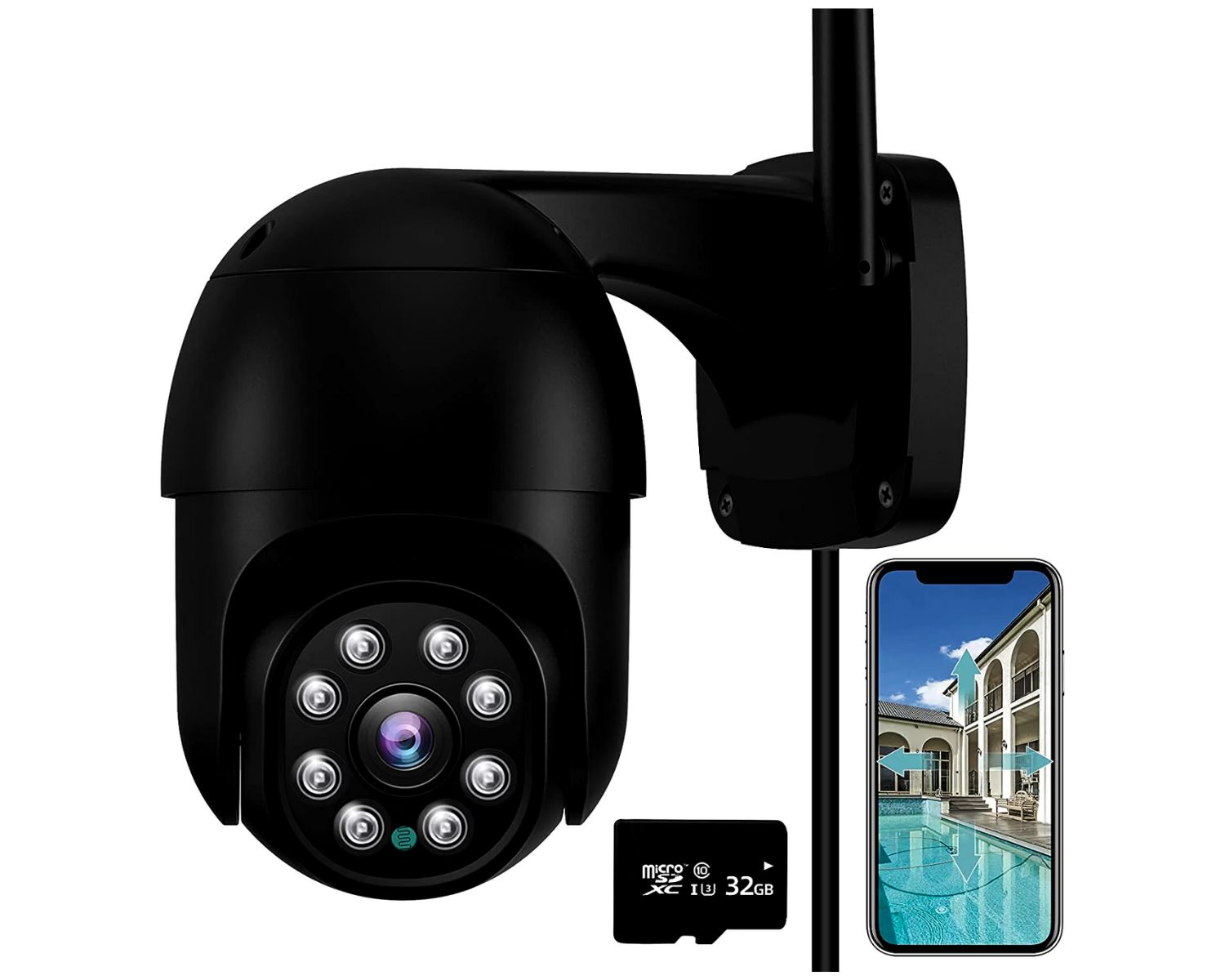

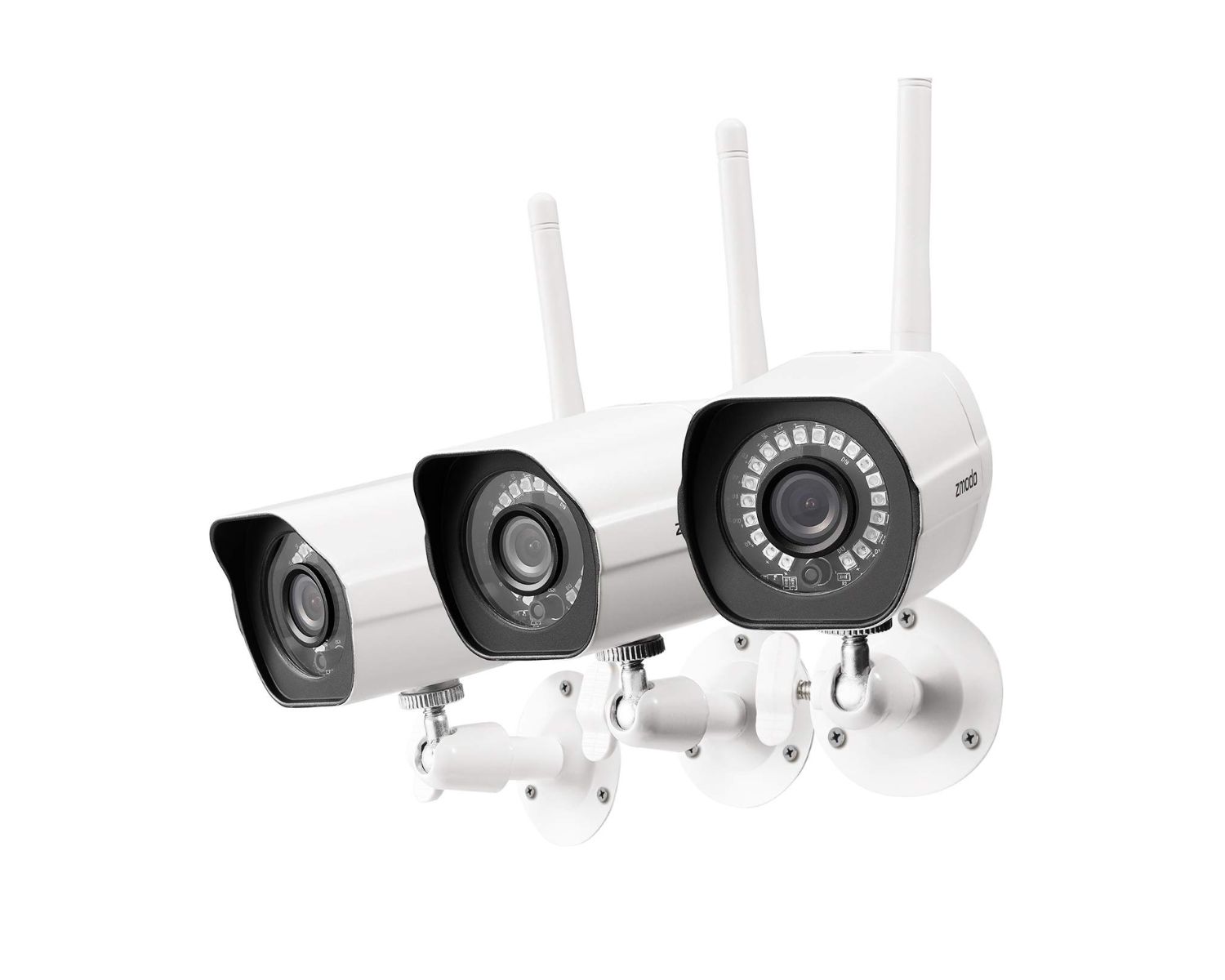
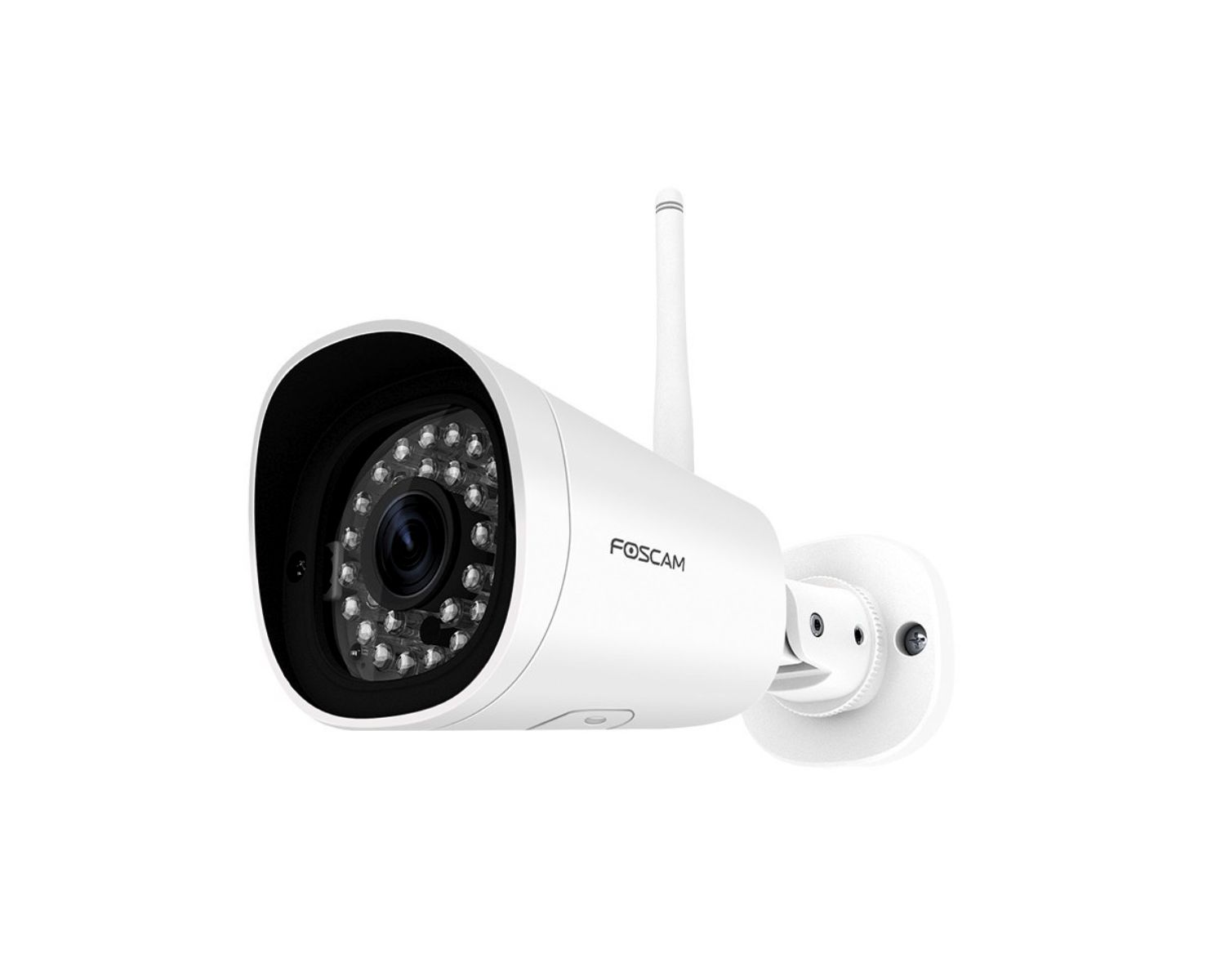
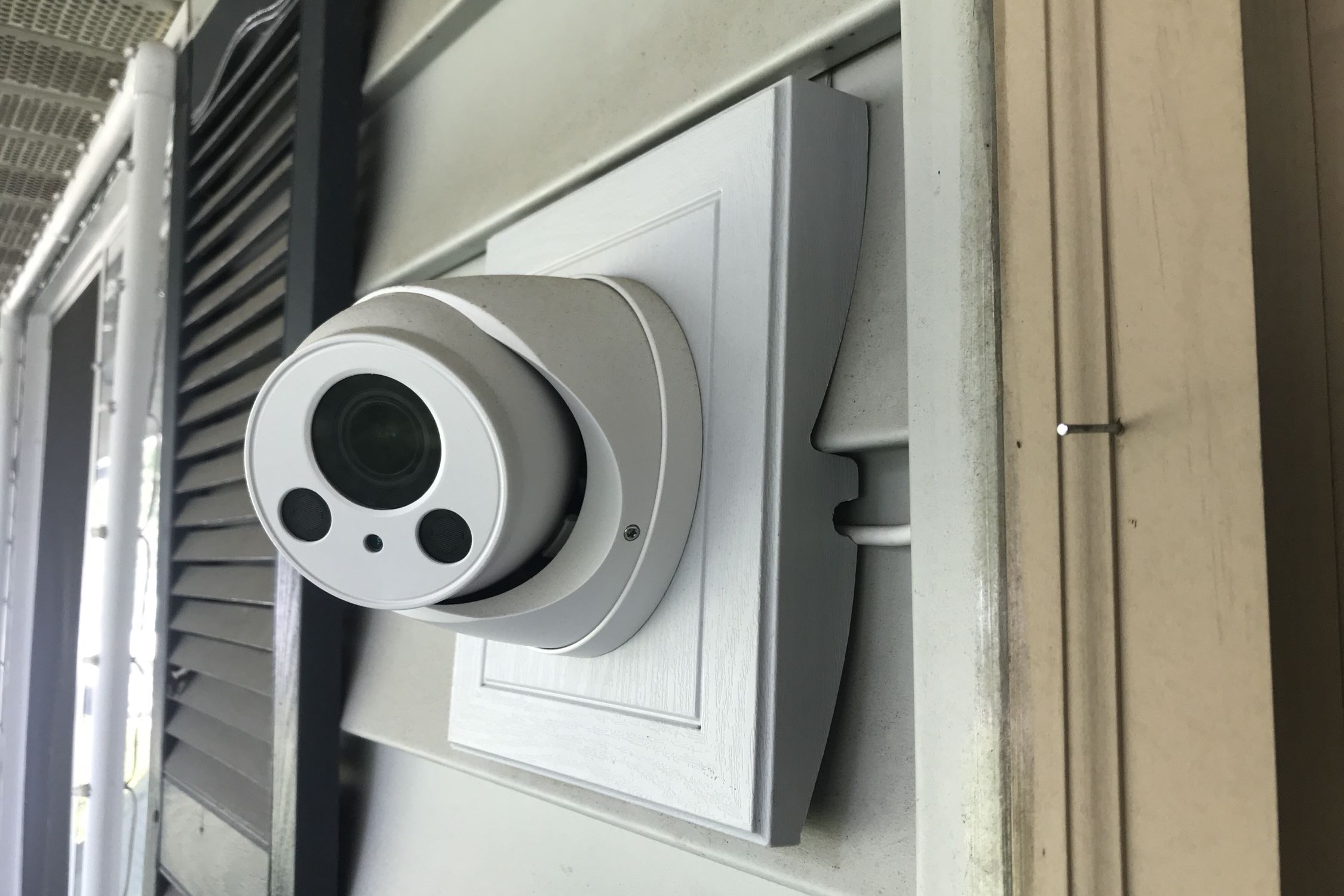
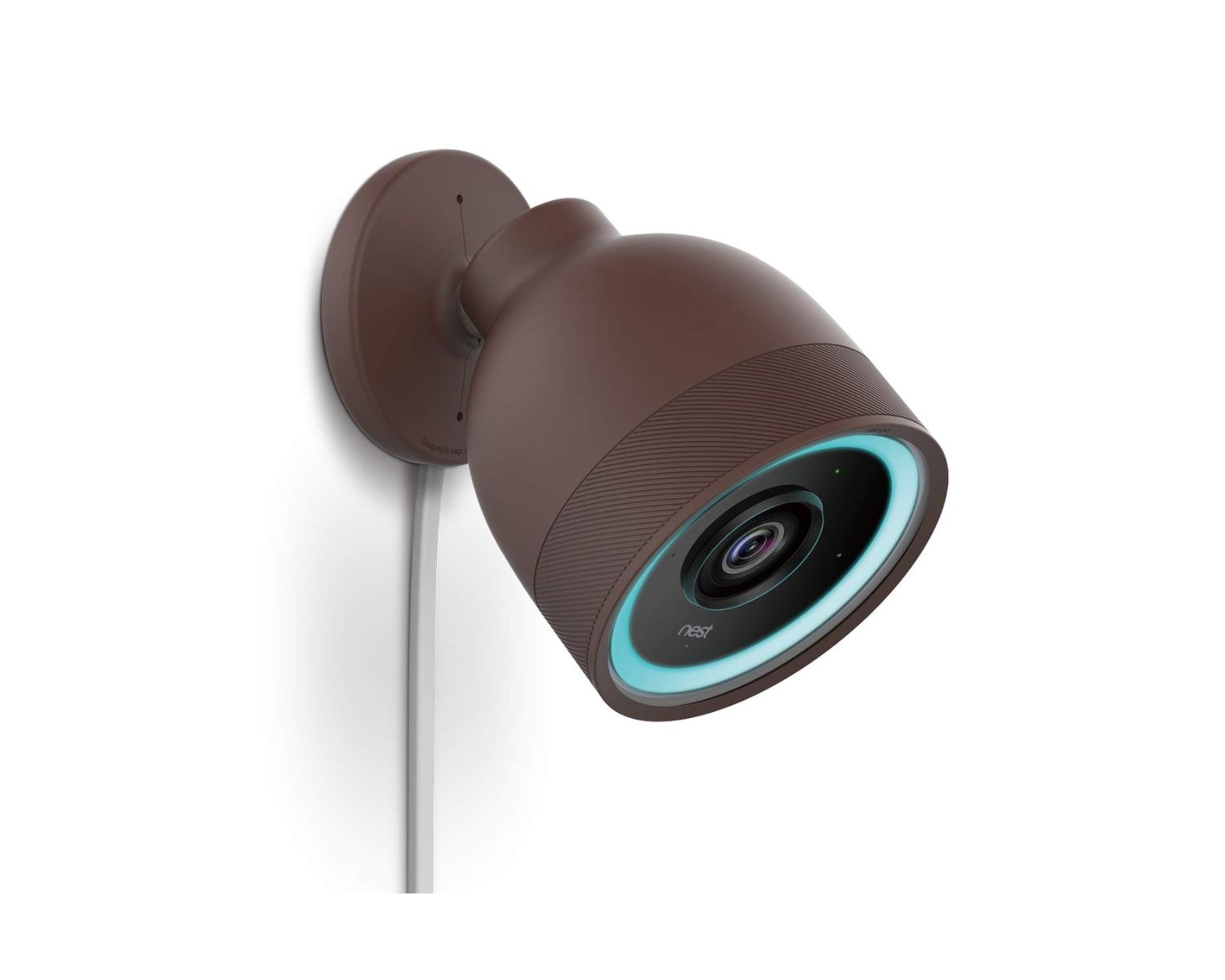
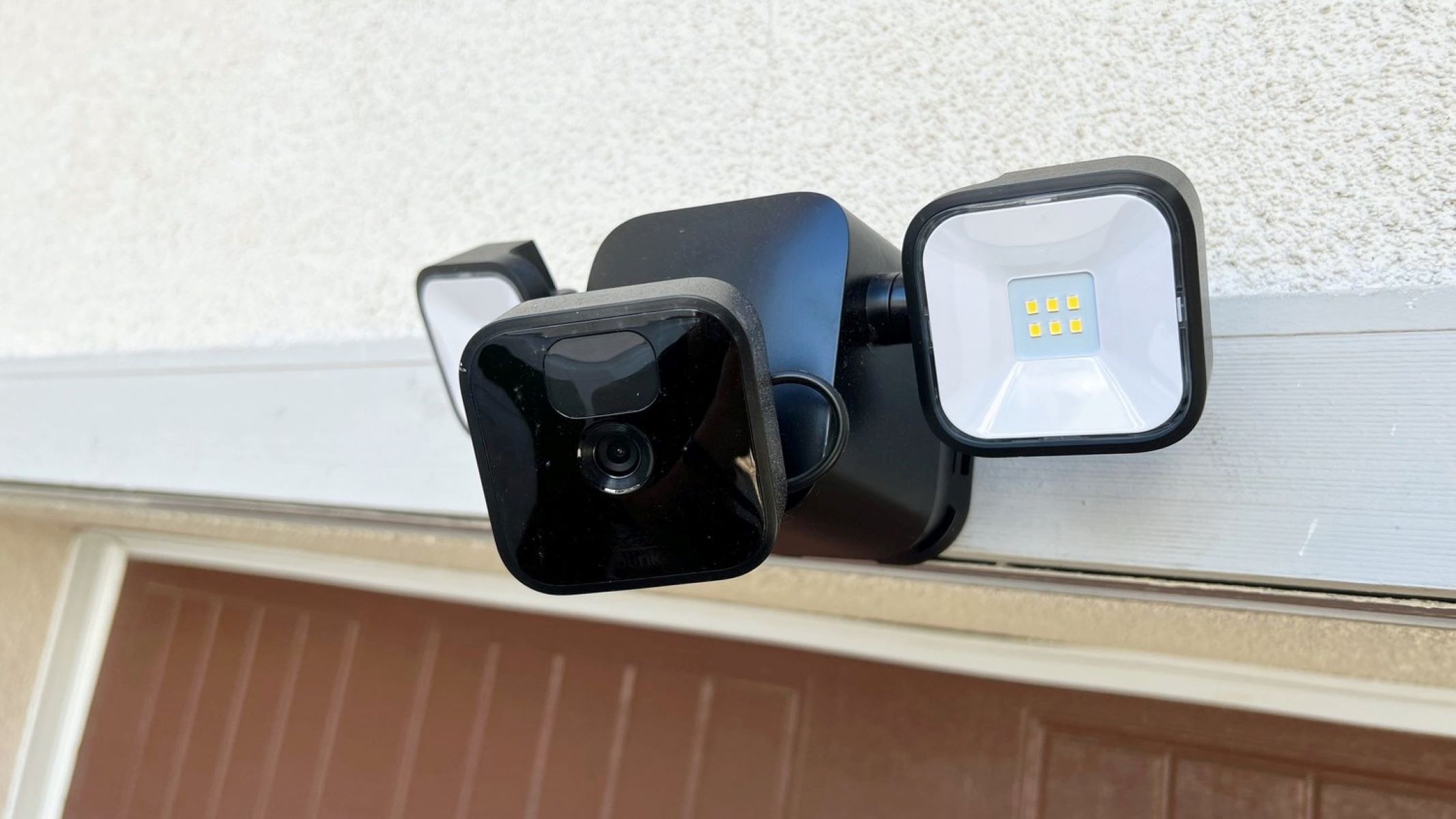
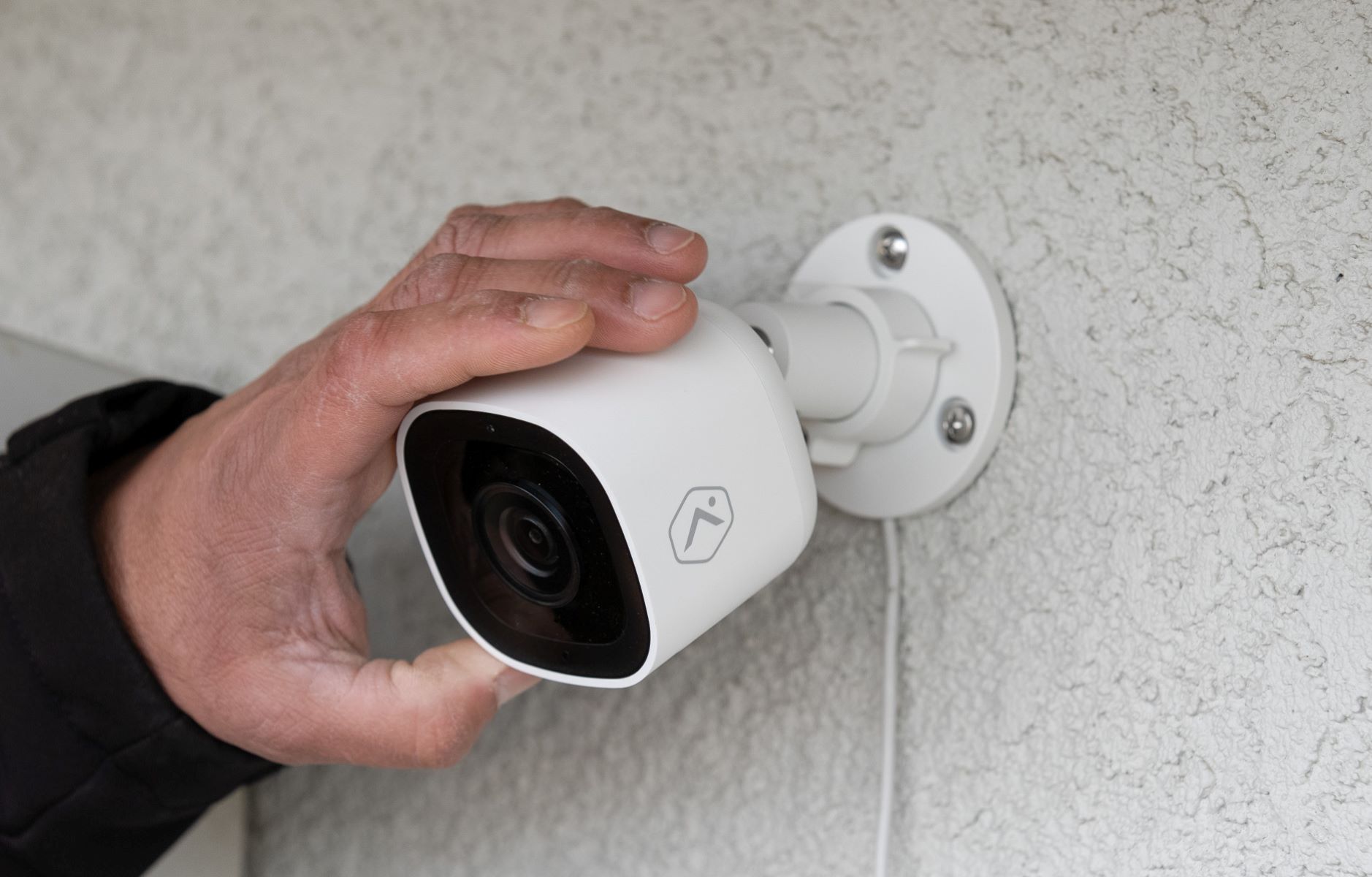
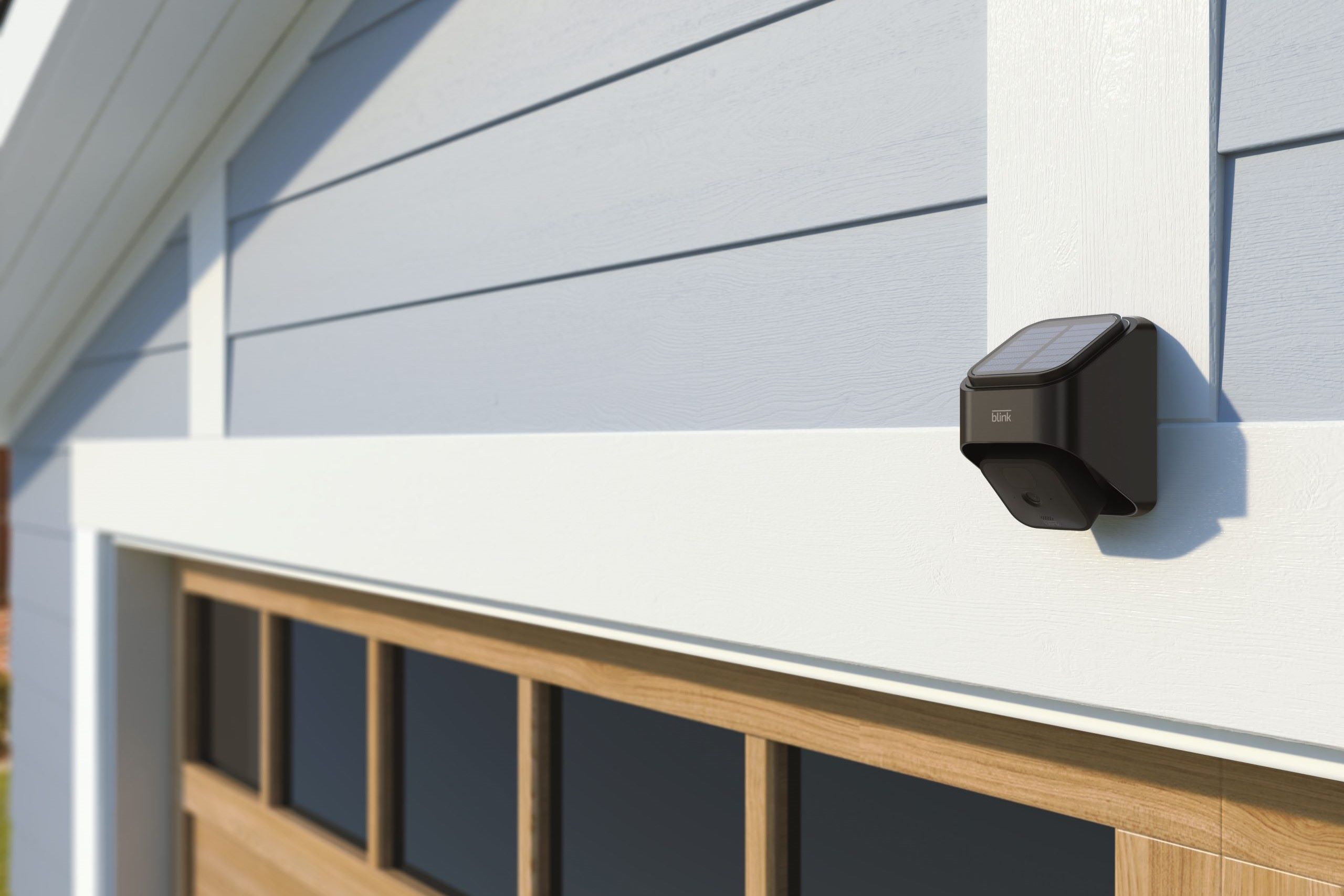
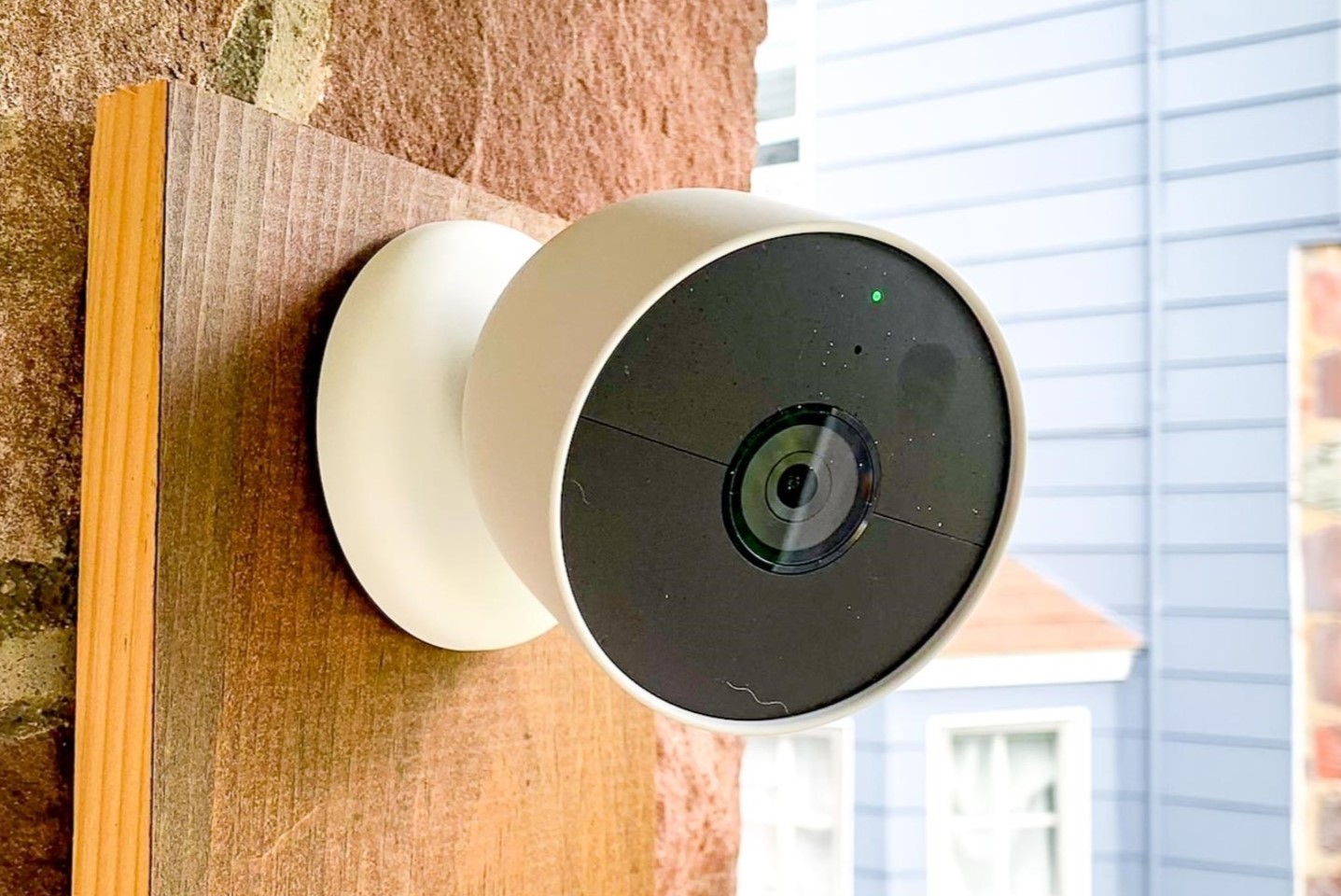
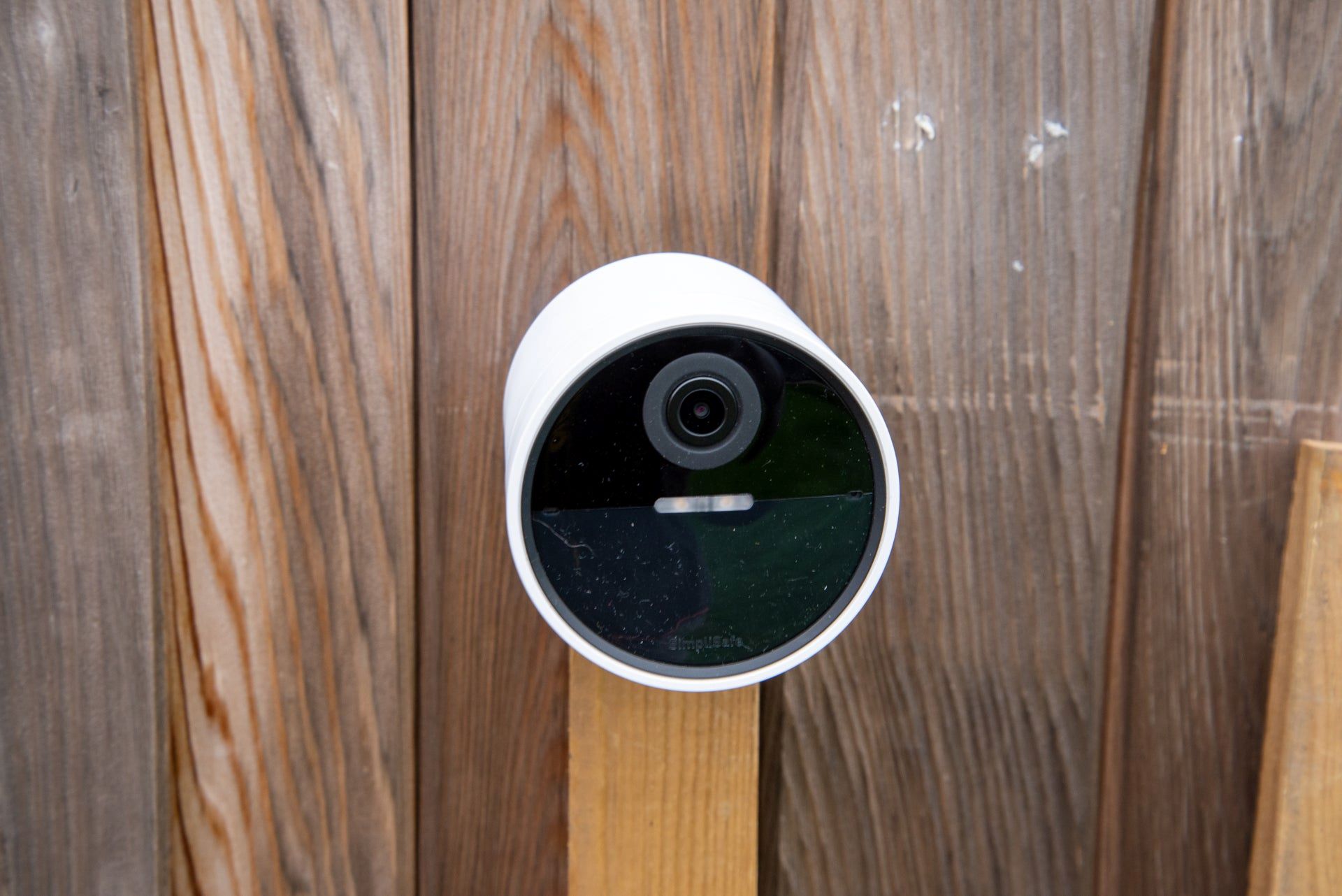

0 thoughts on “Smart Outdoor Camera Installation: Home Surveillance Solutions”